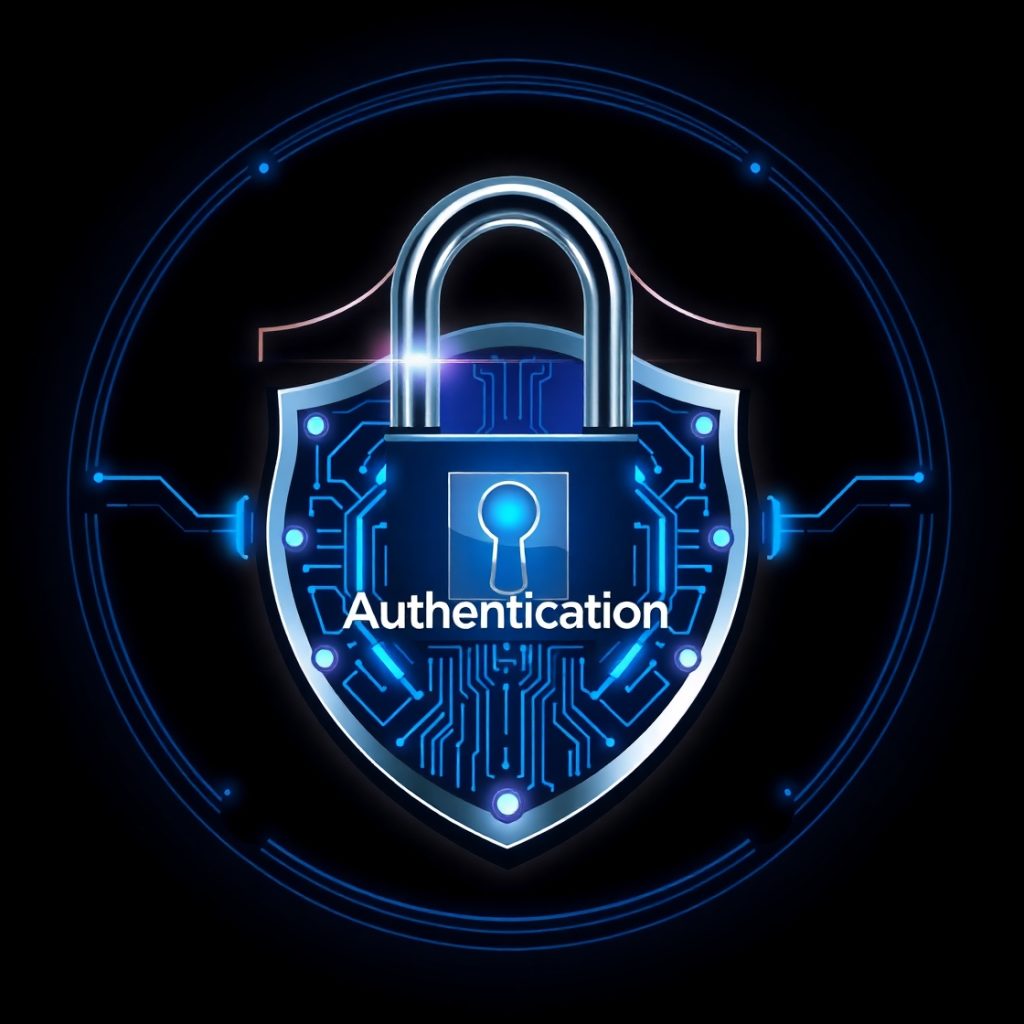
Introduction
Passwords are the first line of defense in cybersecurity—but they’re also one of the most commonly exploited vulnerabilities. Weak, reused, or exposed passwords make you an easy target. In this article, we’ll show you how to create strong, unique passwords and enhance your security with multi-factor authentication (MFA).
Why Strong Passwords Matter
Hackers use tools like brute force attacks and credential stuffing to guess or reuse stolen passwords. A strong password dramatically reduces the chances of unauthorized access to your accounts.
How to Create Strong Passwords
A strong password is:
- At least 12 characters long
- Contains a mix of uppercase, lowercase, numbers, and symbols
- Avoids personal info (e.g., birthdate, name)
- Completely unique to each account
Example: Instead of “James123”, use “C@tN1p$Z0o7#”
Use a Password Manager
Remembering dozens of complex passwords is unrealistic. A password manager securely stores your credentials and can generate strong ones for you.
Popular password managers include:
- Bitwarden (free & open source)
- 1Password
- LastPass
- Dashlane
Multi-Factor Authentication (MFA)
MFA adds an extra layer of protection by requiring something you know (password) plus something you have (device or code).
Common MFA methods:
- Authenticator apps (e.g., Google Authenticator, Authy)
- SMS codes (less secure)
- Hardware keys (YubiKey)
Always enable MFA for your email, financial, and social media accounts.
Conclusion
A single strong password can prevent a digital disaster. By using unique passwords and enabling multi-factor authentication, you’re creating digital locks that are much harder to pick. In Part 4, we’ll go a step further by securing your devices and networks.
Leave a Reply